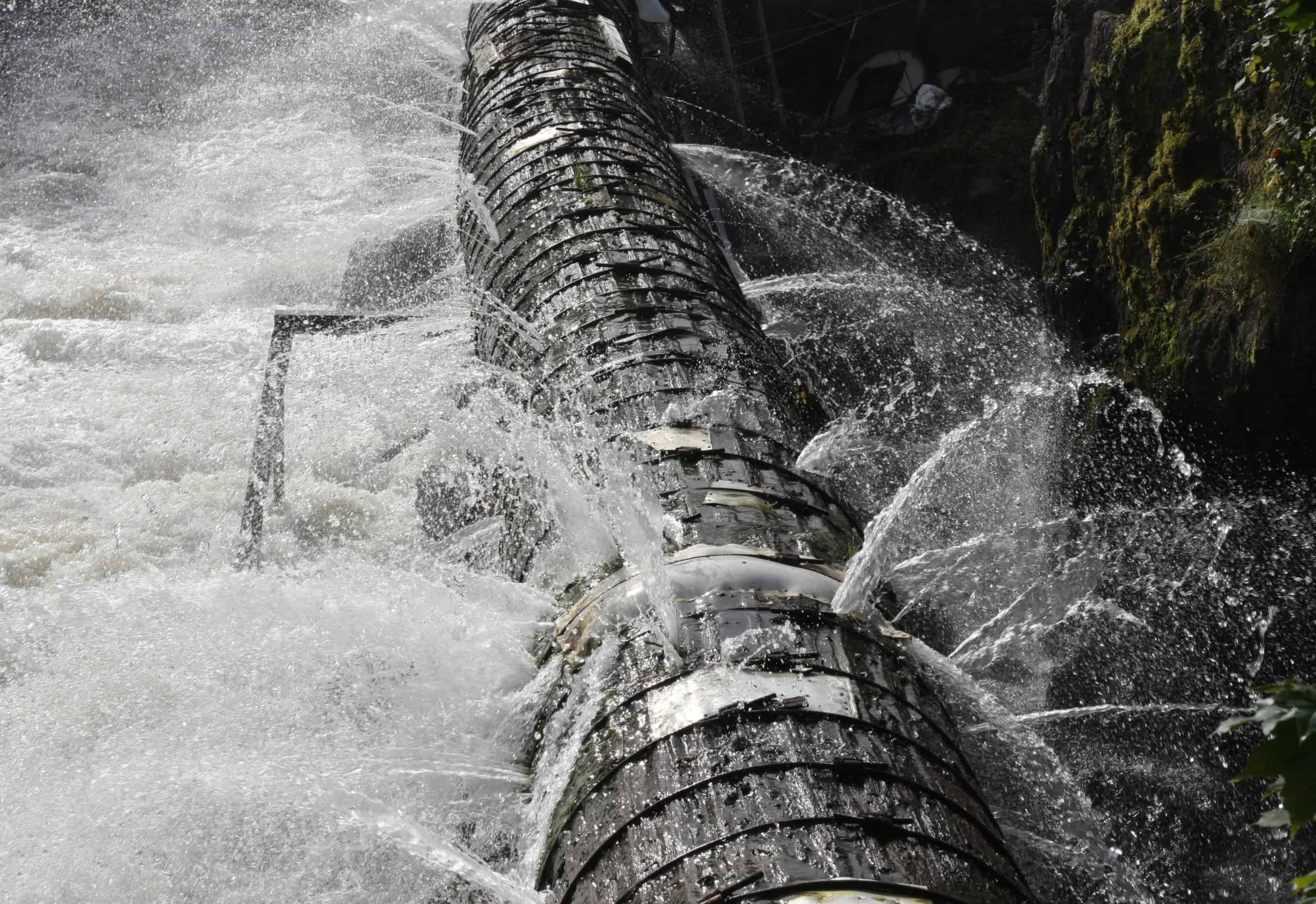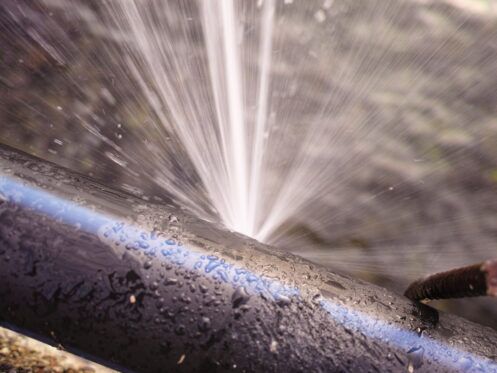Understanding the Causes of a Burst Pipe and How to Prevent It
Understanding the Causes of a Burst Pipe and How to Prevent It
Blog Article
Stopping Ruptured Water Lines: Vital Tips to Protect Your Plumbing
Stopping ruptured pipelines is a vital problem for home owners, especially throughout cooler months when the risk of freezing is increased. Applying strategic steps such as appropriate insulation, regular examinations, and keeping consistent indoor temperatures can dramatically reduce the possibility of pipeline failure. Additionally, comprehending emergency situation procedures gears up home owners to react swiftly to prospective pipes concerns. Numerous are not aware of the particular susceptabilities that their pipelines might encounter. Discovering these vulnerabilities can provide important insights into protecting your plumbing system effectively.
Understand Pipeline Vulnerabilities
Comprehending pipeline susceptabilities is important for reliable pipes maintenance and preventing expensive damages. Numerous elements add to the sensitivity of pipelines to bursts, consisting of material composition, age, and ecological conditions. Older pipelines, particularly those made from galvanized steel or polybutylene, typically degrade with time, resulting in increased risk of ruptures and leakages.
Temperature variations can also dramatically effect pipeline stability. In cooler climates, water caught in pipelines can ice up, broadening and applying pressure on the pipeline wall surfaces, which may eventually bring about a ruptured. In addition, high water pressure can strain pipelines, particularly at bends and joints, enhancing the likelihood of failing.

Insulate Pipes Correctly
Appropriate insulation of pipes is important for stopping cold and succeeding ruptureds throughout cool weather (burst pipe). Insulating your pipes system effectively safeguards against temperature level goes down that can lead to pricey damages. Begin by identifying vulnerable areas where pipes are revealed to outside temperature levels, such as basements, attics, and exterior wall surfaces
Use foam pipeline insulation sleeves or cover insulation tape around these areas to provide a protective barrier. Make certain that all areas of the pipes, specifically those with minimal warmth direct exposure, get adequate insulation. Pay special focus to joints and fittings, as these are extra vulnerable to cold.
When shielding, it's necessary to choose materials that fulfill regional building ordinance and are appropriate for the particular atmosphere. Fiberglass insulation is typically advised for its thermal resistance properties. In addition, take into consideration utilizing warmth cables or tape in severe conditions, which can be plugged in to supply extra warm
Frequently inspect protected pipelines for any type of indications of wear or damages, as endangered insulation can decrease its effectiveness. By taking these aggressive measures, you dramatically lower the danger of pipeline bursts, making sure a reliable pipes system throughout the cold weather.
Maintain Regular Temperature
A secure indoor temperature is necessary for preventing burst pipes throughout the cold months. When temperature levels drop, water within pipelines can freeze, broadening and producing pressure that may eventually create the pipelines to ruptured. To minimize this risk, house owners need to keep a consistent temperature throughout their home, preferably no less than 55 ° F(13 ° C)Using a programmable thermostat can aid take care of interior temperatures efficiently, making sure that areas with pipes continue to be cozy also when the residence is empty. Pay unique focus to areas that are much more prone to chilly, such as basements, attics, and garages. Maintaining cabinet doors open under sinks can likewise enable warmer air from the home to distribute around plumbing.
On top of that, it is prudent to permit faucets to drip somewhat during severe chilly spells. This minor circulation of water can protect against freezing by relieving pressure within the pipelines. Throughout particularly extreme weather occasions, More Help take into consideration temporarily putting on hold any type of nighttime setbacks on your thermostat to keep a consistent warm environment. By applying these strategies, house owners can considerably lower the risk of pipeline bursts and guard their plumbing systems against the rough winter aspects.
Regularly Examine Plumbing
Routine assessments of pipes systems are critical for protecting against ruptured pipes and preserving overall home integrity. Throughout these assessments, it is vital to take a look at visible pipelines for indicators of deterioration, leakages, or use.
Additionally, inspecting connections and joints is vital, as these factors are commonly vulnerable to leakages. Property owners should additionally examine water pressure levels, as too much pressure can stress the plumbing system and increase the risk of pipeline bursts.
Take into consideration organizing professional pipes assessments at least once a year, particularly before winter, to guarantee your system is prepared for cooler click to read more temperatures. Normal assessments not only aid in determining immediate worries but additionally foster long-term upkeep methods that can enhance the life-span of your plumbing system. By being positive in your approach, you can guard your home against the turbulent and pricey consequences of burst pipelines. Focusing on plumbing examinations is an investment in your house's health and wellness.
Know Emergency Treatments
Comprehending emergency situation treatments is crucial for every house owner, especially after conducting regular pipes assessments. Being prepared for a plumbing emergency can dramatically reduce damages and conserve prices.
Following, maintain necessary tools helpful. A pipes emergency situation set ought to consist of a wrench, bettor, and towels, along with a flashlight and a container for small leakages. Furthermore, take into consideration having the get in touch with info for a trusted plumber readily available, should the scenario escalate past your control.
If you identify a leak or ruptured pipe, immediately switch off the view water supply and inform your plumbing. Document the damages with photos for insurance functions. Recognize the indications of potential pipes issues, such as uncommon water pressure changes or damp spots on wall surfaces
Ultimately, positive expertise and swift action are vital in managing plumbing emergency situations, guaranteeing your home stays safeguarded and reducing prospective damages.

Verdict
Finally, preventing burst pipes necessitates a complex strategy that includes understanding pipe vulnerabilities, proper insulation, keeping constant indoor temperature levels, routine evaluations, and knowledge of emergency situation treatments. By applying these important techniques, the risk of pipes failings can be substantially decreased, consequently making certain the longevity and performance of the plumbing system. Positive steps not only protect against potential damage yet additionally add to total water conservation and the protection of home.
In colder climates, water entraped in pipes can ice up, broadening and applying stress on the pipe wall surfaces, which might eventually lead to a ruptured. When temperatures decrease, water within pipelines can ice up, producing and increasing pressure that may ultimately trigger the pipes to burst. By applying these strategies, home owners can considerably minimize the threat of pipe bursts and secure their pipes systems versus the harsh wintertime components.

Report this page